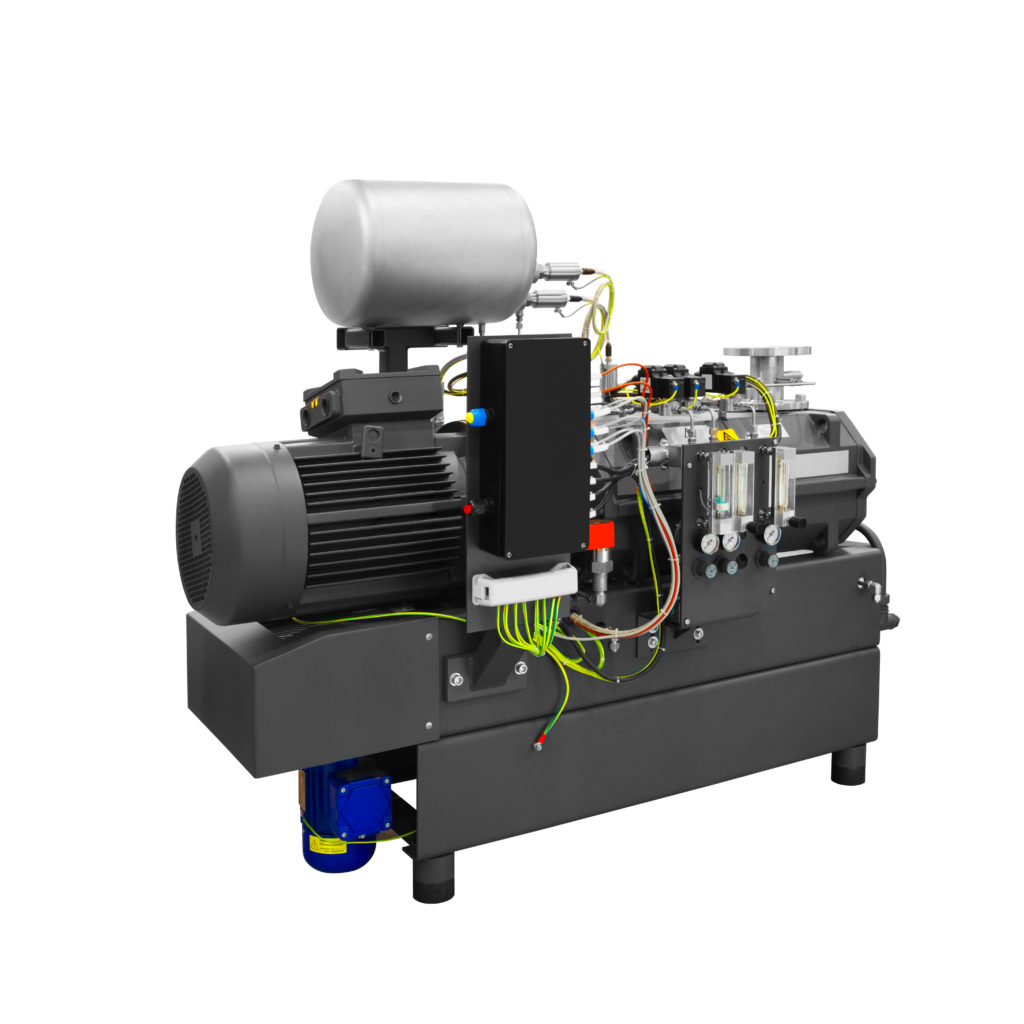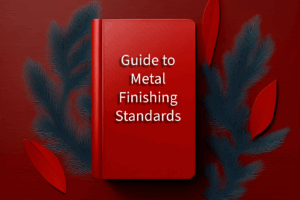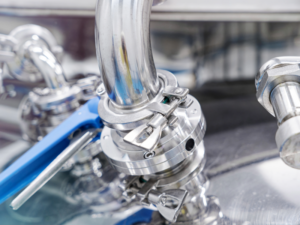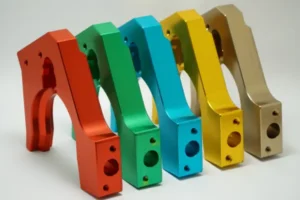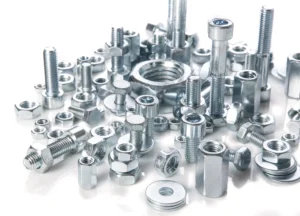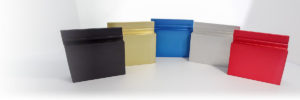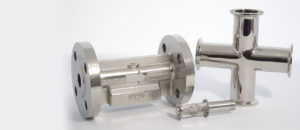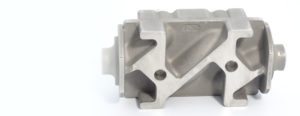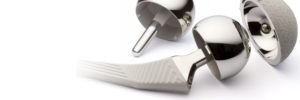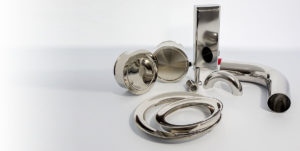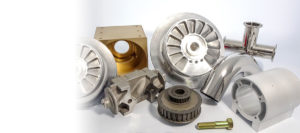There are many types of vacuum pumps for a wide range of applications in numerous industries. Vacuum pumps work by removing and discharging gas or liquid from a sealed space, leaving behind a partial vacuum. The pressure differential created, gas or liquid removal rate, and power supply required may differ from one vacuum pump to the next.
Different pump technologies support a multitude of applications, from chemical processing to electronics production to foodservice systems. Most pumps fall into one of these three categories—positive displacement, momentum transfer, or entrapment.
Positive Displacement Vacuum Pump Uses & Applications
Positive displacement pumps provide a steady, moderate flow of suction power. They create a low vacuum by confining and compressing a specific amount of gas or liquid at a constant rate. In a process that repeats over and over, part of the vacuum chamber is closed off, and gases or fluids are pumped to the target area. Here are some of the most common types of positive displacement pumps:
- Piston pumps and plunger pumps are most often used for pumping water. Applications include pressure washing, spray painting, and oil production.
- Diaphragm pumps are useful for metering and dispensing water, paints, oils, and corrosive liquids. They are also designed in such a way that they avoid oil contamination.
- Gear pumps move high viscosity fluids—including oils, paints, and foodstuffs—in the petrochemical, chemical, and food service industries.
- Vane pumps move low viscosity fluids and are designed to allow variable output. They are used in applications as diverse as automotive transmissions and drink dispensers.
- Lobe pumps are used in sanitation, pharmaceutical, and biotechnology applications.
- Screw pumps are capable of high flow rates, making them useful in oil production, fuel transfer, injection, and irrigation applications.
Momentum Transfer Vacuum Pump Uses & Applications
Also known as kinetic or molecular pumps, momentum transfer pumps create powerful vacuums using a rotating component that propels liquid or gas from the vacuum side to the exhaust side of the system. Put very simply, they convert kinetic energy from a motor to force liquid or gas out of the sealed chamber. Consider the two primary classes of momentum transfer pumps:
- Centrifugal pumps are widely used in applications that involve liquids and metering, including food service, distilleries, laboratories, and chemical processing plants.
- Regenerative pumps are used for low-flow, high-pressure applications in the chemical and mechanical engineering sectors.
Entrapment Vacuum Pump Uses & Applications
When ultra-high vacuums are required, entrapment pumps, also known as capture pumps, are the most effective choice. They use chemical reactions and cold temperatures rather than moving parts to displace as many gas particles as possible from the sealed chamber. Here are some uses for the most common subcategories of entrapment vacuum pumps:
- Cryopumps are typically used in settings with large surfaces where water vapor contamination is a concern. Examples include space simulation chambers, coating devices, semiconductor production, electron beam welding, and high-vacuum furnaces.
- Sputter ion pumps are ultra-high vacuum pumping units useful in accelerators, analytical instruments, and electron beam irradiators.
- Ion getter pumps are frequently used in ultra-high vacuum systems such as molecular-beam epitaxy, scanning tunnel microscopes, and colliders and synchrotrons used in high-energy physics.
Other Types of Vacuum Pumps
A few other types of vacuum pumps include Scroll, Diffusion, and Direct Drive pumps. Scroll pumps are oil-free and include two spiral coils that compress air and vapors. Dry scroll pumps are often used in degassing, distillation, and for various concentrate applications. Diffusion pumps do not have any moving parts and work by diffusion. These pumps heat the oil to produce gas molecules to create an extremely high and reliable and are frequently used for a mass spectrometer or other similar applications. Direct drive pumps are powered by gas or electric motors and achieve a deep vacuum used for vacuum oven, centrifugal concentrator, and freeze dryer applications.
Vacuum Pump Maintenance
Regardless of what types of vacuum pumps you use or the industry you work in, it’s vital to maintain your manufacturing equipment to sustain optimal output. Your facility’s vacuum pumps require occasional service to prevent corrosion and water damage from the liquids and gases flowing through them.

AMF Technologies offers complete vacuum pump decontamination and breakdown services following the EPA and DEP’s strict safety and environmental guidelines. Trust our years of technical experience and industry-leading equipment to reverse signs of corrosion and keep your machinery in excellent working order. To request pump decontamination in the Rockland, MA area, please contact us at (781) 982-0137 today.
_________________________________
AMF Technologies – https://www.amftechnologies.com/
Rockland, MA
(781) 982-0137
